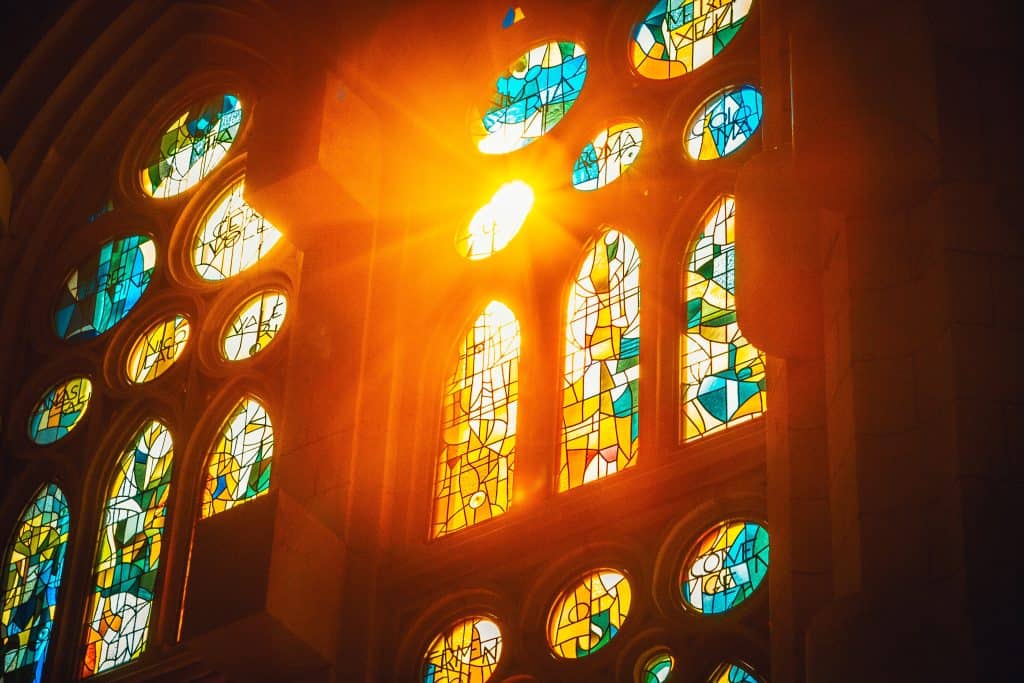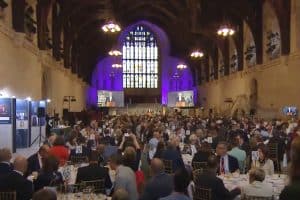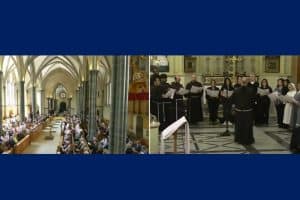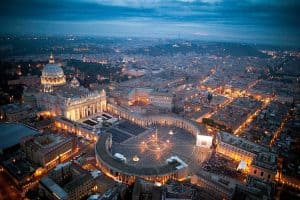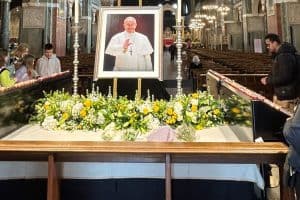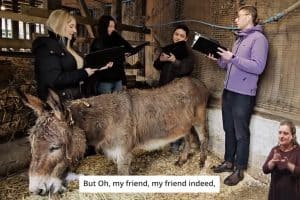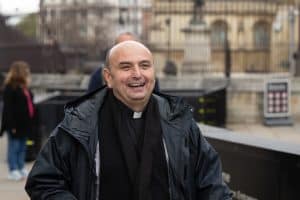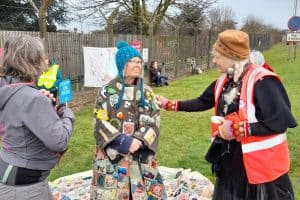More than 900 church buildings are at risk of closure even though they are a national asset, the head of the National Churches Trust insists.
Claire Walker, the trust’s chief executive, in launching a questionnaire on the future of historic churches, said most could be saved for a relatively small amount of funding. She told a Religion Media Centre briefing that the Trust wanted to engage the whole community in deciding why church buildings matter, how they could be saved and paid for, and whether more can be turned into community hubs.
The debate nationally has been launched with the backing of the trust’s vice-president, Sir Michael Palin, who said: “Churches remain a vital and much-loved part of the UK’s history and heritage and we can’t let them fall into neglect and disuse.”
A report for the Trust last year, The House of Good, said there were nearly 40,000 church buildings in the UK open to the public and being used for worship in 2020. Of those, 16,600 are Anglican, 4,000 Methodist and 3,700 Roman Catholic.
The Church of England is collecting evidence across the country on the effect of falling numbers in congregations. Dr Andrew Rumsey, the Bishop of Ramsbury in Wiltshire, who shares the lead role on church buildings, told the briefing that a proposal would come before synod this month on how churches could group together for mutual support.
A consultation document identifies 368 churches as vulnerable to closure over a five-year period, though this is a worst-case scenario.
The Rev Professor Alison Milbank, author of For the Parish, pointed out that if parishes were amalgamated and clergy jobs cut, then congregation numbers fell. She complained that the church finances were now quite healthy, but money was being spent on outdated managerial practices, such as increasing diocesan bureaucracies.
“The reality is that more than likely, if the church closes, it is going to be put up for sale. This is clear from the Commissioners’ consultation. So. then we lose an ancient, locally endowed, public building”
Rachel Morley, Friends of Friendless churches
Claire Walker said churches were more vibrant if worship services were still going on, but there were many ways to make them more into community hubs.
Eddie Tulasiewicz, the trust’s head of public affairs, explained that the UK now had more food banks than McDonald’s had restaurants and almost every food bank was connected to a church. Many churches were also providing after-school care, as well as support for people with drug and alcohol problems.
With imagination and investment, churches could revert to the role they had in medieval times as the hub of the community, hosting village shops, farmers’ markets, post offices, even doctor’s surgeries, while remaining open and available for prayer and worship.
Rachel Morley, director of the Friends of Friendless Churches, said her worry about the Church of England’s consultation was that it proposed restricting the decisions on the future of buildings to active members of the church. These historic buildings had importance for the whole community, who should also be consulted.
Rev Professor Alison Milbank @uniofnottingham, co-author of "For the Parish" says that parishes are the mainstay of the inherited church, and its not just a lack of resources – "secularisation is not just outside the @churchofengland, but also within" #briefing @NatChurchTrust
— Religion Media Centre (@RelMedCentre) November 1, 2021
Dr Rumsey agreed and said that the pathways for consultation were still being evaluated, but that these buildings were a gift to the whole community.
The briefing heard that the Trust was able to spend about £1.7m a year in grants for upkeep and the government cultural recovery fund had provided a further £2m. But this had been sufficient to help only 15 churches.
The Friends of Friendless Churches had been able to take on five more redundant Anglican churches in the last year, but received no government money, and relied on legacies and donations.
The Rev Simon Goddard, a Baptist minister and director of River Tree, an organisation that helps to start new church groups, said congregations did not always value historic buildings. He had found in the countryside that when services were moved to a school, the congregation grew. People had found the building more familiar and much more accessible.
He said the discussion should focus on whether a church building was being well used for the benefit of the community and whether the church community should have to pay for the building’s maintenance. Many new churches were growing in all sorts of “third spaces”, such as cafés, schools, pubs and leisure venues.
The National Churches Trust is concerned that the closure of churches in England may start to follow Wales, where it is happening much faster.
Christopher Catling, chief executive of the Royal Commission on Monuments of Wales, told the briefing that he had been told that people in the Church in Wales expected that it might cease to exist as early as December 2037, when the last congregation member died.
He said Wales had a huge number of independent and nonconformist chapels built before the First World War, which many now thought of as “boring brick boxes”. The community was split between those who believed that future survival depended on opening up buildings to the wider community and others who thought that the money would be better spent on good works.
All the participants at the briefing were confident that churches could be of benefit to the community. Mr Catling said the Churches Conservation Trust had been experimenting this year with “church camping” in Hereford, where architect-designed pods were installed in old buildings for holidaymakers. In Wales, he said, where there could 20 miles between B&Bs, a chain of such accommodation could be built up.
Mr Goddard told the story of an old Methodist chapel in Cornwall that had been saved by a group of Christian surfers. They built a café and showers inside and a skateboard ramp around the outside. Young people had started to join and the community was flourishing.
Ms Walker said everybody could care passionately about these historic buildings and that 1,000 volunteers were joining the National Churches Trust every year.
Mr Tulasiewicz added that the tourist agency Visit England had told him that old churches were very important for attracting foreign tourists.
It had also been estimated, using NHS methods for estimating wellbeing (known as Wellbys), old churches, with their spiritual atmospheres and social activity, were worth £55bn in economic and social value to the UK every year.
You can watch a recording of the briefing in full below:

